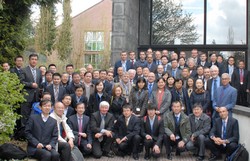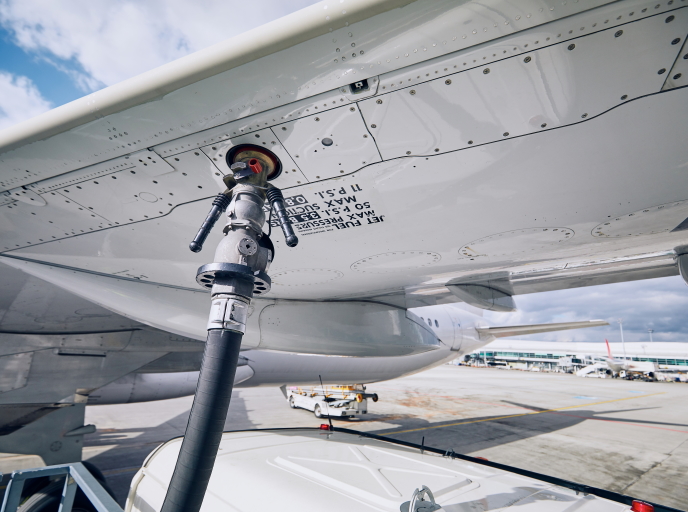EU-China efforts for cleaner, greener aeronautics technology
In 2011, the Advisory Council for Aeronautics Research in Europe (ACARE) set challenging goals for aviation to meet by 2050 relative to the capabilities of typical new aircraft in 2000. These include developing technologies and procedures to reduce aircraft carbon dioxide emissions per passenger kilometre by 75 %, noise by 65 % and nitrogen oxides by 90 %. To reach these targets, green technology efforts need to focus along three major lines: air vehicle, air transport system and sustainable energies. With this in mind, the EU-funded GRAIN 2(opens in new window) (Greener aeronautics international networking-2) project addressed several key technology streams involving future greening technologies. Project partners identified and focused on four key greener technologies (KGTs) as the most promising ones for more environment-friendly aviation. These are propulsion-related technologies, airframe flight physics, eco-friendly materials and structures, and communications navigation and surveillance. The GRAIN 2 team identified areas of mutual research, technology and development (RTD) interest. It found emerging RTD research topics within the KGTs and delivered a document on the state of the art for each KGT. GRAIN 2 nurtured collaboration between Chinese and European partners in the KGTs and prepared specific RTD activities for joint Seventh Framework Programme (FP7) and Horizon 2020 proposals. The joint networking actions were supported by a series of open dissemination events. These included KGT groups, open forums, workshops, and a short course involving physical modelling, simulation, optimisation and control experts from China and Europe in the various KGT areas. A web-based platform was also developed to store and disseminate collected data relevant to computational methods and experimental tests for multidisciplinary applications in aeronautics. GRAIN 2 provided Chinese and European researchers with a valuable opportunity to collaborate now and in the future towards the development of greener aeronautics technologies.







